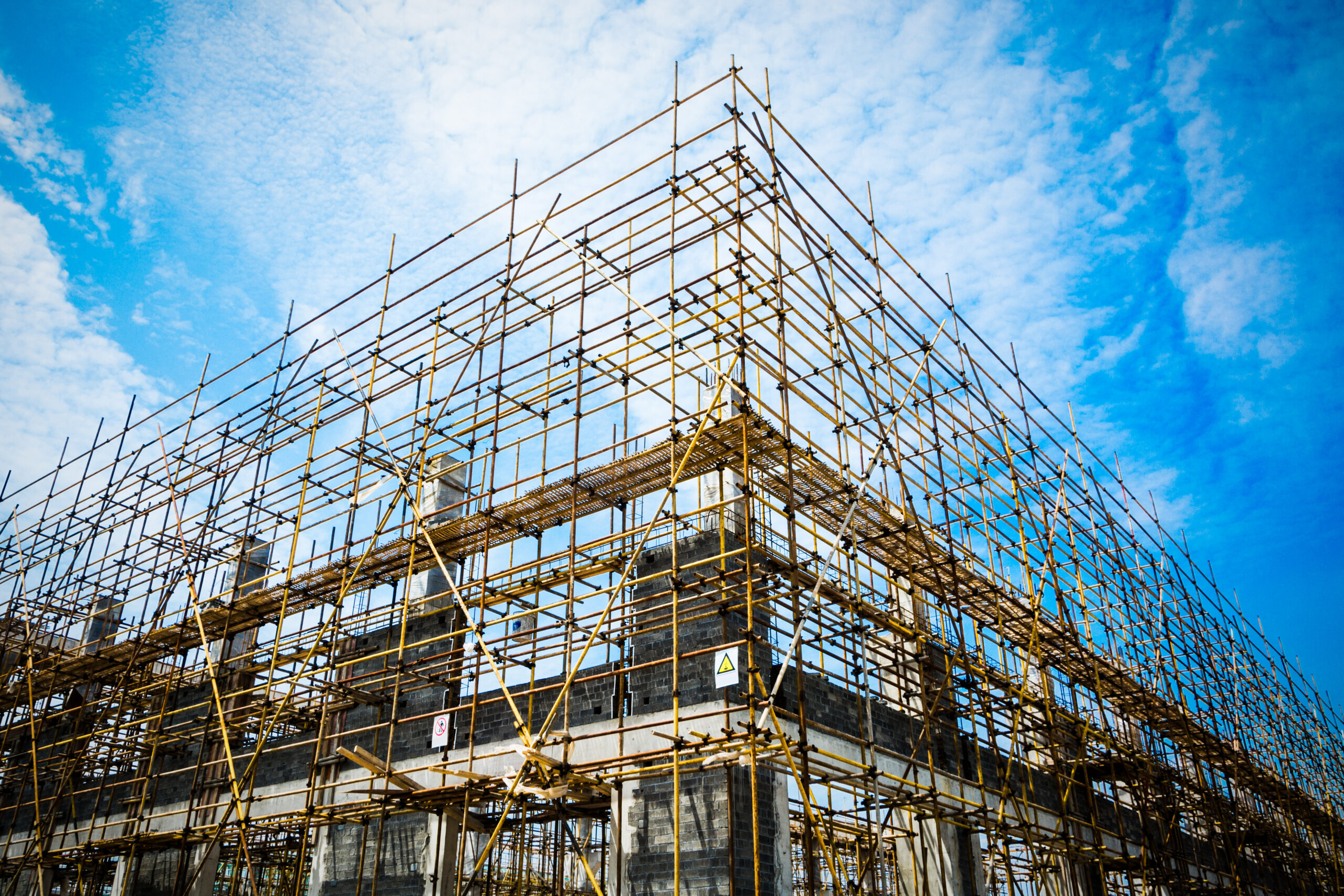

Location
Mussafah, Abu Dhabi
Call Us
02 672 1777
contact@ncmt.ae
National Centre for Management and Training

Mussafah, Abu Dhabi
02 672 1777
contact@ncmt.ae
NCMT12
July 18, 2024

Choosing the right scaffolding system is crucial for the success of any construction project. The correct scaffolding system ensures not only the safety of workers but also the efficiency and effectiveness of the project. With various types of scaffolding available, selecting the best option can be challenging. This guide will help you navigate the decision-making process by breaking down the key factors to consider and offering practical advice on how to choose the best scaffolding system for your needs.
How to Choose theRight Scaffolding System for Your Activity.
1. Understand Your Project Requirements
Before diving into the specifics of different scaffolding systems, it’s essential to have a clear understanding of your project’s requirements. Consider the following aspects:
– Project Size and Scope: Determine the size of the area you need to scaffold, including the height and width of the structure. A larger or more complex structure may require a more robust scaffolding system.
– Type of Work: Identify the type of construction work involved. Are you doing new construction, maintenance, or repairs? Different types of work will influence the scaffolding requirements.
– Site Conditions: Assess the site conditions, including ground stability, accessibility, and weather conditions. These factors will affect the type of scaffolding you need.
2. Choose the Right Type of Scaffolding
There are several types of scaffolding systems, each suited
to different types of projects. Here’s a breakdown of the most common types:
– Frame Scaffolding: This is the most common type of
scaffolding used for general construction projects. It consists of vertical
frames and horizontal braces, offering a stable and flexible structure. Ideal
for projects that require a straightforward and quick setup.
– Tube and Fitting Scaffolding: Comprising individual tubes and connectors, this system offers versatility and can be adapted to complex structures. It’s suitable for projects with irregular shapes or where custom configurations are needed.
– System Scaffolding: Pre-engineered and modular, this scaffolding system includes prefabricated components that fit together in a specific manner. It’s suitable for large-scale projects that require efficient assembly and disassembly.
– Suspended Scaffolding: This type hangs from a structure and is used for tasks like window washing or facade maintenance. It’s ideal for high-rise buildings or projects where the scaffolding needs to be suspended from above.
– Rolling Scaffolding: Equipped with wheels, this scaffolding system is mobile and allows for easy movement across different parts of the construction site. It’s best for projects that require frequent repositioning.
3.Consider Safety Standards and Regulations
Safety should always be the top priority when selecting a scaffolding system. Ensure that the scaffolding you choose complies with local safety regulations and standards. Key safety considerations include:
– Load Capacity: Ensure the scaffolding system can support the weight of workers, materials, and tools. Check the load capacity specifications and make sure they meet or exceed your project’s needs.
– Certification: Look for scaffolding systems that are certified by recognized safety organizations. Certifications indicate that the system has been tested and meets safety standards.
– Inspection and Maintenance: Choose a system that allows for regular inspections and easy maintenance. Ensure that there are clear guidelines for checking the scaffolding’s condition.
4.Evaluate Cost-Effectiveness
Cost is an important factor, but it shouldn’t be the only consideration. Evaluate the cost-effectiveness of different scaffolding options by considering:
– Initial Costs: Compare the upfront costs of different scaffolding systems. While some systems may have a higher initial cost, they might offer better long-term value.
– Rental vs. Purchase:Decide whether it’s more cost-effective to rent or purchase the scaffolding. For short-term projects, renting might be more economical, while purchasing might be better for long-term use.
– Maintenance Costs: Consider ongoing maintenance and repair costs. Some systems may require more frequent maintenance or have higher repair costs.
5. Assess Ease of Assembly and Disassembly
The efficiency of the scaffolding system affects both the construction schedule and overall project costs. Look for systems that offer:
– Ease of Assembly: Choose a scaffolding system that is quick and straightforward to set up. Systems with pre-fabricated components or modular designs can save time during assembly.
– Ease of Disassembly: Ensure the scaffolding system is easy to disassemble once the project is complete. Efficient disassembly helps to manage project timelines and reduce labor costs.
6. Check for Additional Features and Benefits
Different scaffolding systems offer various features that
can enhance the project’s effectiveness. Consider the following additional
features:
– Adjustability: Look for scaffolding systems that offer
adjustable heights and configurations. This flexibility is valuable for
projects with changing requirements.
– Compatibility with Other Equipment: Consider how well the scaffolding system integrates with other construction equipment and tools.
7. Seek Expert Advice
If you’re unsure about which scaffolding system to choose, don’t hesitate to seek expert advice. Consult with scaffolding suppliers, construction professionals, or project managers who have experience with different scaffolding systems.